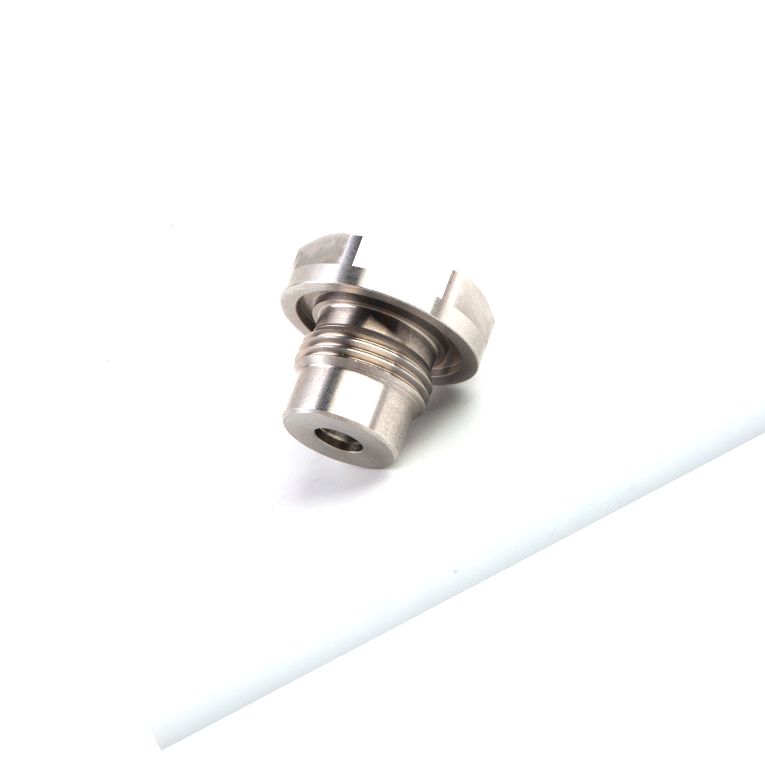
The mechanical design process is a critical stage in the development of any mechanical system, machine, or component. It involves translating conceptual ideas into functional and manufacturable products. Throughout this intricate journey, engineers and designers often encounter a multitude of challenges. This comprehensive exploration will delve into the myriad issues faced during the mechanical design process, spanning concept development, analysis, prototyping, and finalization.
1. Concept Development
The initial phase of mechanical design is fraught with challenges related to concept development:
Functional Requirements: Defining and understanding the precise functional requirements of the product can be a complex task. Ensuring that the design meets these requirements is a constant challenge.
Innovation and Creativity: Striking the balance between innovation and feasibility can be challenging. Designers must push the boundaries of what's possible while adhering to practical constraints.
Cost Considerations: Balancing cost constraints with design goals is often a delicate act. Engineers must seek ways to optimize designs to minimize production expenses.
2. Analysis and Simulation
During the analysis and simulation phase, several challenges emerge:
Complex Geometry: Dealing with intricate and non-standard geometries can lead to difficulties in performing accurate simulations and analyses.
Material Selection: Selecting the right materials for the design, considering factors like strength, weight, and durability, can be challenging, especially when dealing with novel or composite materials.
Load Analysis: Determining and analyzing the various loads and stresses that a mechanical component or system will encounter can be complex, and errors in these calculations can lead to catastrophic failures.
Simulation Software Limitations: Depending on simulation software, there might be limitations in modeling certain behaviors or materials, which can pose challenges in accurately predicting real-world performance.
3. Prototyping and Testing
Prototyping and testing are crucial steps in validating the design:
Cost and Time Constraints: Building prototypes can be costly and time-consuming, particularly for complex designs or when multiple iterations are necessary.
Manufacturability: Designers must ensure that the prototype can be manufactured using available technologies and within budget constraints.
Failure Modes: Identifying potential failure modes and conducting tests to validate the design's safety and reliability can be challenging.
Data Interpretation: Interpreting test data and making design adjustments based on test results can be a complex process that requires careful consideration.
4. Iteration and Optimization
The iterative nature of design often presents challenges:
Balancing Trade-Offs: Designers must weigh trade-offs between competing factors such as weight, cost, and performance, which can be a complex optimization problem.
Iterative Costs: Multiple design iterations can lead to increased development costs and timelines, especially when significant changes are required.
Interdisciplinary Collaboration: Collaboration among multidisciplinary teams can be challenging, as different experts may have divergent views on design priorities.
5. Manufacturing and Production
Transitioning from design to manufacturing introduces its own set of challenges:
Design for Manufacturing (DFM): Ensuring that the design is manufacturable and cost-effective can be challenging, particularly when designers may lack insight into manufacturing processes.
Quality Control: Maintaining consistent quality during mass production can be difficult, requiring robust quality control processes.
Supply Chain Issues: Managing the supply chain, sourcing materials, and dealing with logistics can be complex, especially in global manufacturing operations.
Regulatory Compliance: Ensuring that the design complies with relevant industry standards and regulations can be a time-consuming and resource-intensive process.
6. Sustainability and Environmental Concerns
Designers face growing pressure to consider sustainability and environmental impact:
Materials Selection: Choosing eco-friendly materials and minimizing waste can be challenging while still meeting performance requirements.
Energy Efficiency: Designing for energy efficiency and minimizing environmental footprint is a complex task that requires innovative solutions.
Lifecycle Analysis: Conducting comprehensive lifecycle assessments to understand a product's environmental impact can be resource-intensive.
In conclusion, the mechanical design process is a multifaceted endeavor filled with challenges at every stage, from concept to production. Navigating these challenges requires a combination of technical expertise, creative problem-solving, collaboration, and a commitment to meeting functional requirements while optimizing for factors like cost, manufacturability, and sustainability. Successfully addressing these challenges ultimately results in the creation of innovative and reliable mechanical systems that drive progress across various industries.

Copyright © 2025 Dongguan Yifeng Metal Co., Ltd. | All Rights Reserved